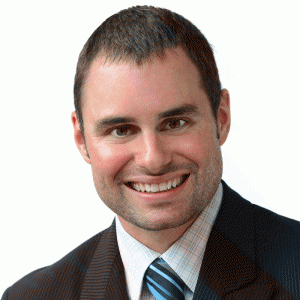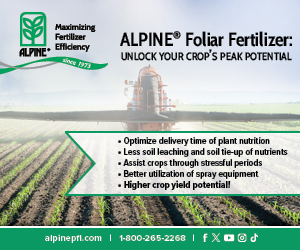Business side: Lease financing
CONVERSATIONS WITH BUSINESS EXPERTS

WHAT FINANCING OPTIONS ARE AVAILABLE WHEN PURCHASING EQUIPMENT?
The traditional train of thought is that when buying equipment, you can either pay cash or utilize loan financing. But farm business owners often have the additional option to lease equipment and can experience significant long-term benefits by doing so.
The key to choosing the right option is to separate the purchase choice from the finance decision. By first deciding what pieces of equipment you need and where you can get them at the best prices, you can then involve your financial consultants to determine the best financing approach and make this an independent second decision.
WHAT DOES IT MEAN TO LEASE?
A lease is a written agreement where a lessor or owner allows a lessee to use their property for a specific period of time and rent.
There are two types of leases – capital and operating. Capital leases are based over the expected life of the equipment and include a buy- back agreement where the item can be purchased when the terms expire. The purchase option is an estimate of what the fair market value of the equipment will be at the option date. Operating leases provide financing for less than the expected useful life and at expiry, the equipment can be returned without further obligation.
It is important to remember that equipment lessees have the same rights and obligations as owners. If you lease a new combine, you manage, maintain and insure it. In most cases, you will own it when the rental payment schedule has been completed.
WHAT ARE THE BENEFITS OF LEASING FARM ASSETS?
One of the most important benefits of leasing is the opportunity to free up cash flow. Lease terms can be very flexible and payment schedules can be matched directly to your income. Lease payments can include a purchase option at the end of the term which translates into lower regular payments than what a term loan would require.
The collateral security needed for a lease is typically only the piece of equipment being leased. This means that other assets such as other equipment and farmland are not pledged as security and are available for other financing opportunities.
Leasing can also maximize your ability to finance. For many pieces of farm equipment, buyers can usually lease up to 100 per cent of the purchase price.
IF I DECIDE TO LEASE, WHAT COULD THE TAX IMPLICATIONS BE?
Lease payments are usually 100 per cent tax deductible which means you can deduct the full payments (both principal and interest) as a business expense. This differs from purchase financing where you can only deduct the interest portion of the payments and an annual depreciation charge called capital cost allowance (CCA). While I am not an accountant, my experience with CCA categories and guidelines has shown that leasing can mean a faster write-off of equipment compared to paying cash or using other financing.
As an example, these four numbers demonstrate some key differences between traditional term, mortgage, or cash financing, and leasing when purchasing a grain bin.
| 6 | CCA class 6 is the category where you will find grain bins on your balance sheet. Class 6 has a CCA rate of 10 per cent but given the half year rule, you only have a five per cent write-off in year one. |
| 23 | 23+ is the number of years that you will be writing off the bin when using traditional financing or paying cash. If minimizing income tax is a motivation for you, this is not an efficient tax write-off strategy. |
| 66 | 66 months is a common lease structure for grain bins. This lease term would be 60 months to 10 per cent. Looking at a $200,000 grain bin project, and using a 15.5% corporate tax rate, this brings us to the next number. |
| 16,000 | This figure represents how many dollars will stay in your pocket by year five if the bin is leased. $16,000 for simply changing the way you purchased this bin. It really can pay off to engage financial and tax advisors before making a purchase. |
If you are a grower who typically does not need to finance equipment purchases, consider the financial crisis in 2008 where 79 per cent of credit vanished from the U.S. market in one year. There was a lot of uncertainty on both sides of the border and this demonstrates why you should consider holding your cash and financing long term assets. The opportunity to shorten financing terms to reduce interest and other costs is always available. I recommended that you contact your accountant or tax advisor to review your individual situation.
Farming is constantly changing and there are many intangibles and other soft costs that may be required on your part – a down payment on additional acres, the hiring and training of new employees, trips overseas to make contacts and close contracts, etc. It makes sense to keep cash available to take advantage of these opportunities and remain competitive in your market. We are experiencing 25 year historical lows when it comes to rates of borrowing, so financing your hard assets in a tax effective way such as leasing can really be the way to go.
Ultimately, investing in new or newer equipment can be a great move for your farm’s productivity. But keep in mind that easy does not always mean better. By writing a cheque or choosing the first financing offer you come across, you could be leaving money and other valuable cash flow and tax benefits on the table. Taking the time to research the options and consider leasing can have a significant impact on your bottom line. •

















